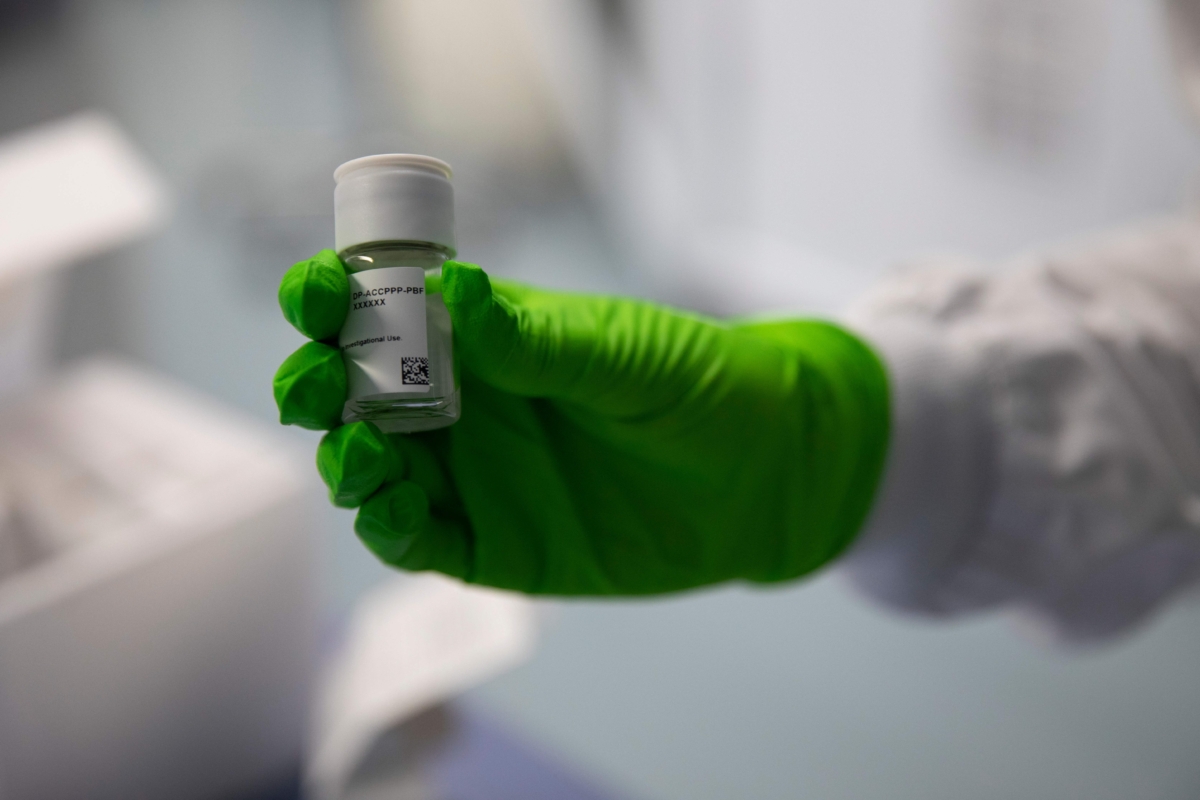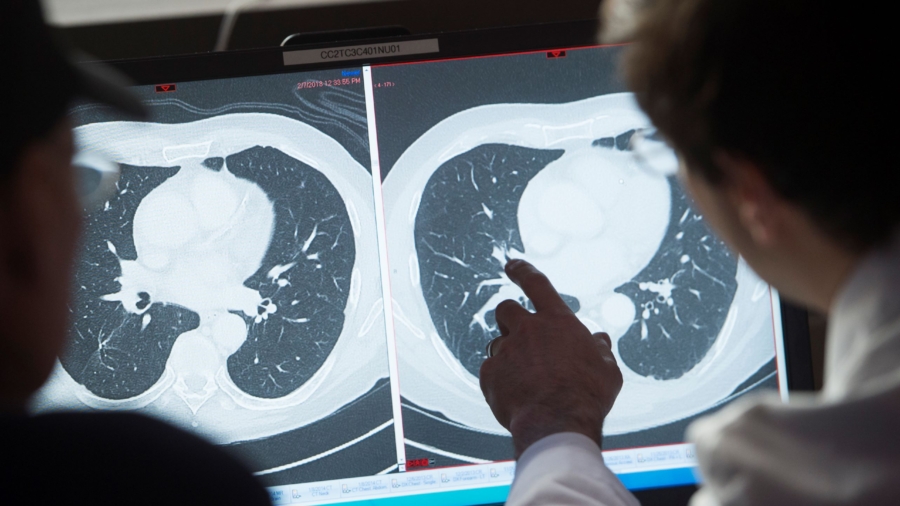The American Association for Cancer Research’s (AACR) 14th annual Cancer Progress Report states that cancer deaths in the U.S. have reduced by a third over the last three decades.
According to the AACR, this translates into an estimated 4.1 million averted cancer deaths.
“As this year’s AACR Cancer Progress Report shows, the future of cancer science and medicine is very promising,” said AACR President Patricia M. LoRusso in a statement.
According to the report, the significant reduction in mortality is partly due to advances in prevention and early detection and also owes much to significant technological innovations in cancer research and treatment.
“Cancer diagnostics are becoming more sophisticated,” LoRusso said, who believes the numbers will only improve.
“Artificial intelligence (AI)-based approaches are beginning to transform cancer detection, diagnosis, clinical decision making, and treatment response monitoring,” she added. “These advances will result in improved patient care.”
In addition to the FDA-approved AI-based tools for early cancer detection and diagnosis and 15 new anti-cancer therapeutics in the past year, the health agency also expanded the use of existing drugs to new cancer types.

Survival rates of adolescent and young adult and childhood cancers have significantly improved, with a 24 percent decline in cancer death rates over the past two decades and a current five-year survival rate of 85 percent for children diagnosed between 2013 and 2019, up from 58 percent in the mid-1970s.
But the report also noted a worrying trend, as the number of early-onset cancers is increasing, with rates of breast, colorectal, and other cancers on the rise in adults younger than 50.
According to the AACR, 40 percent of all cancers can be avoided. The report singled out excessive alcohol consumption, responsible for 5.4 percent of cancers in 2019, and calls for campaigns to educate the public about alcohol-related cancer risks.
The report further underscored the critical role of federal funding in advancing cancer science and patient care, especially the financial hardship associated with cancer treatment. According to the AACR, more than 40 percent of cancer patients spend their entire life savings within the first two years of cancer treatment.
More than 20 percent of adult survivors of childhood cancers have problems paying their medical bills, while nearly 30 percent report being sent to debt collection for unpaid bills—and 27 percent said they were unable to afford healthy food.
According to the report, more than 2 million new cases are expected in 2024 in the U.S. alone—611,000 of which will be terminal. The AACR also addressed a concerning reduction in National Institutes of Health (NIH) funding for fiscal year 2024, a direct consequence of the 2023 Fiscal Responsibility Act.
The agency fears that the budget reduction will slow down medical progress in recent years and obstruct future advancements, and it has urged Congress to prioritize funding increases for the next fiscal year.
AACR CEO Margaret Foti said she hoped the report would raise awareness about the urgency of federal support for scientific and medical research.
“In recent years, we have witnessed extraordinary advances against cancer. To maintain this pace of progress for patients, robust and sustained funding for cancer research must remain a national and congressional priority.”

